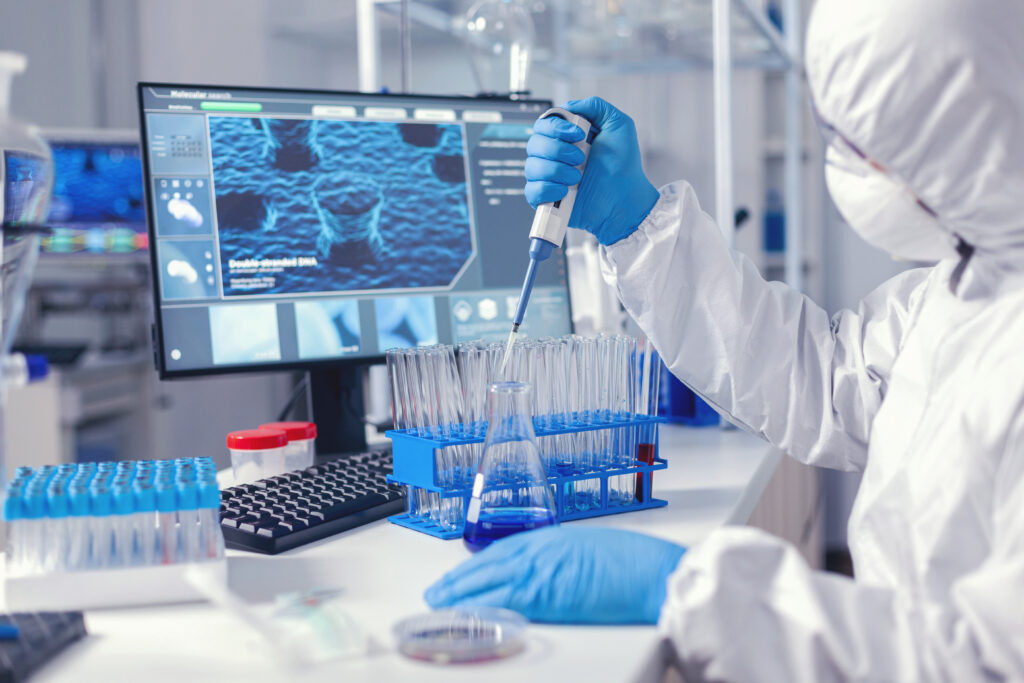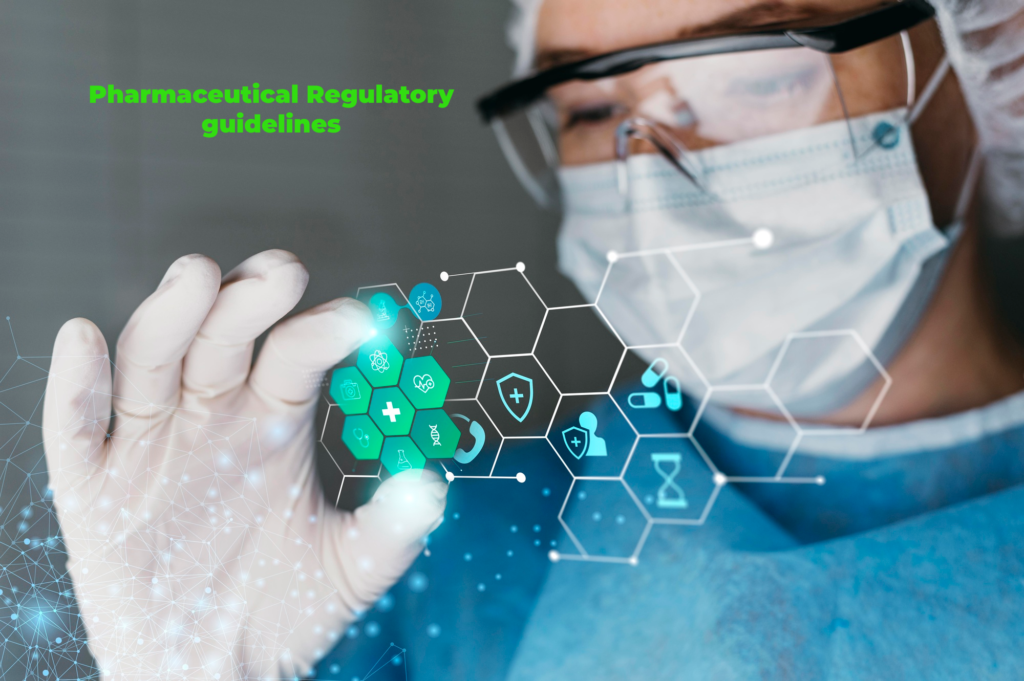Introduction
High-Performance Liquid Chromatography (HPLC) stands as one of the most versatile and powerful analytical techniques in the realm of chemistry and biochemistry. It serves as a critical tool for separating, identifying, and quantifying components within a complex mixture. The precision and accuracy of HPLC make it an indispensable asset in pharmaceuticals, environmental analysis, clinical diagnostics, and various scientific disciplines.
At the heart of HPLC lies the process of method development – a meticulous and systematic approach toward configuring optimal conditions for separation. This method development is a complex interplay between theoretical understanding and practical implementation, requiring a deep grasp of the principles of chromatography, the characteristics of the sample, and the functionality of the instrumentation.
This article aims to serve as a comprehensive entry point into the world of HPLC method development. Tailored specifically for beginners, it delves into the foundational concepts, methodologies, and practical considerations essential for understanding and initiating the process of HPLC method development. In addition to this, it will incorporate insights from the guidelines provided by the International Council for Harmonisation (ICH), offering a holistic view aligned with global standards and best practices.
Understanding the intricate world of HPLC and its method development processes is akin to unraveling a fascinating scientific puzzle. With this comprehensive guide, newcomers can take their first steps into this captivating realm, laying the groundwork for a solid understanding of HPLC methodology and its applications in the scientific domain.
Understanding HPLC
Overview of HPLC: HPLC is a form of column chromatography where a sample is dissolved in a mobile phase and passed through a column packed with a stationary phase. The interaction between the sample’s components, the stationary phase, and the mobile phase facilitates separation based on their unique properties.
Components of an HPLC System: An HPLC system comprises the mobile phase, stationary phase, and detector. The mobile phase moves the sample through the column, the stationary phase interacts with sample components, and the detector identifies and quantifies separated compounds.
HPLC Method Development
Sample Preparation: Crucial for ensuring the sample is appropriately dissolved in a compatible solvent to prevent column blockages and enhance separation efficiency.
Stationary Phase Selection: Choosing the right stationary phase – whether reverse-phase, normal-phase, or affinity chromatography – is vital for achieving optimal separation based on the sample’s properties.
Mobile Phase Selection: Optimizing the mobile phase, including solvent combinations, pH, and additives, plays a pivotal role in efficient separation.
Column Selection: Column dimensions, particle size, and stationary phase material significantly impact resolution and analysis time.
Method Optimization: Fine-tuning the method involves adjusting parameters such as flow rate, temperature, gradient elution, and detector settings to achieve the best separation and detection.
Practical Considerations
System Suitability Testing: Ensures the HPLC system is performing at an acceptable level before sample analysis, following ICH guidelines to validate and confirm system performance.
Method Validation: Verifies that the developed method is suitable for its intended purpose, in accordance with ICH guidelines that define the requirements for validating analytical methods.
Troubleshooting: Understanding common issues like peak tailing, broadening, or poor resolution and rectifying them efficiently, as recommended by ICH guidelines.
Frequently Asked Questions (FAQs) – HPLC Method Development
- What is HPLC Method Development? HPLC Method Development is the systematic process of creating an effective separation method using High-Performance Liquid Chromatography (HPLC). It involves optimizing parameters like the mobile phase, stationary phase, column selection, and operating conditions to achieve efficient separation and analysis of sample components.
- Why is HPLC Method Development Important? Method development is crucial as it ensures accurate and reliable results in analyzing complex mixtures. Tailoring the HPLC method to specific sample characteristics enhances separation efficiency and sensitivity, contributing to precise identification and quantification of components.
- What Factors Influence HPLC Method Development? Several factors impact HPLC method development, including the nature of the sample, choice of stationary phase, mobile phase composition, column selection, temperature, flow rate, and detector settings. Each factor affects the separation and resolution of sample components.
- How are Stationary Phases Selected in HPLC Method Development? The choice of the stationary phase is based on the properties of the sample components. Reverse-phase, normal-phase, and affinity chromatography are common types. The selection depends on factors like polarity, hydrophobicity, and chemical properties of the compounds in the sample.
- What is System Suitability Testing in HPLC Method Development? System suitability tests are used to confirm that an HPLC system is working within established parameters before sample analysis. It evaluates resolution, peak symmetry, and other critical parameters, ensuring the system is fit for the intended analysis.
- Why is Method Validation Necessary in HPLC? Method validation confirms the suitability and reliability of an HPLC method for its intended purpose. It verifies parameters such as specificity, accuracy, precision, linearity, and robustness, ensuring the method is suitable for accurate analysis.
- What are Common Issues Encountered in HPLC Method Development? Common issues include poor resolution, peak tailing, baseline drift, or broad peaks. Troubleshooting involves adjusting parameters like column temperature, flow rate, mobile phase composition, and detector settings to resolve these issues.
- How Does ICH Guideline Compliance Impact HPLC Method Development? Adhering to ICH guidelines ensures that HPLC methods meet international standards for validation and analysis. Compliance with these guidelines guarantees method reliability, precision, and accuracy, facilitating acceptance across regulatory agencies.
- Is HPLC Method Development an Ongoing Process? Yes, HPLC method development is continuous. Optimization and fine-tuning of methods often continue even after implementation. New samples or changes in regulatory requirements may necessitate further adjustments to established methods.
- Where Can I Learn More About HPLC Method Development? Various scientific journals, textbooks, online courses, and professional workshops offer in-depth knowledge and training on HPLC method development, catering to individuals at all levels of expertise. Institutions and scientific conferences often provide valuable resources and education on this subject.
For more articles, Kindly Click here.
For pharmaceutical jobs, follow us on LinkedIn
For Editable SOPs in word, format contact us on info@pharmaceuticalcarrier.com


